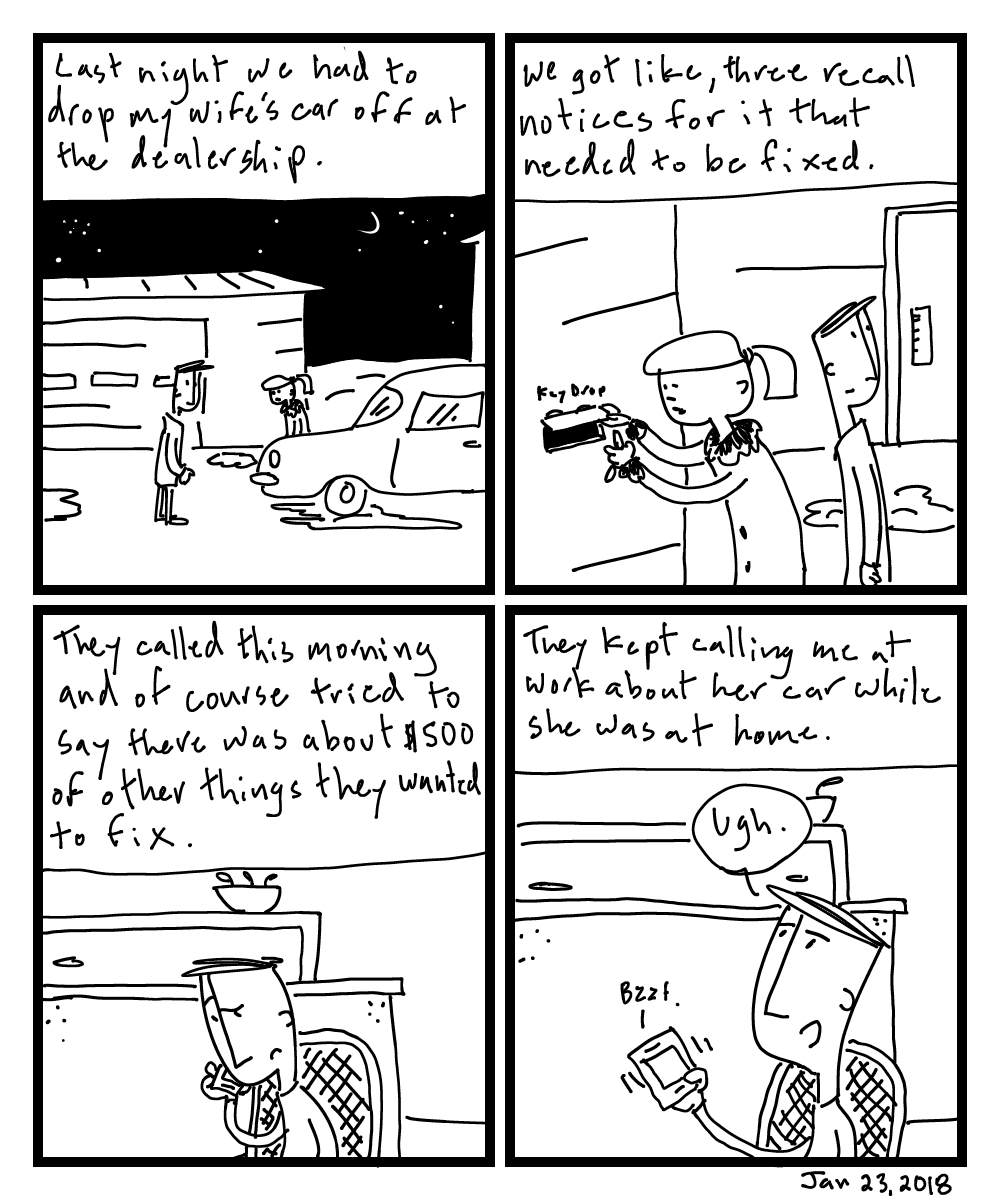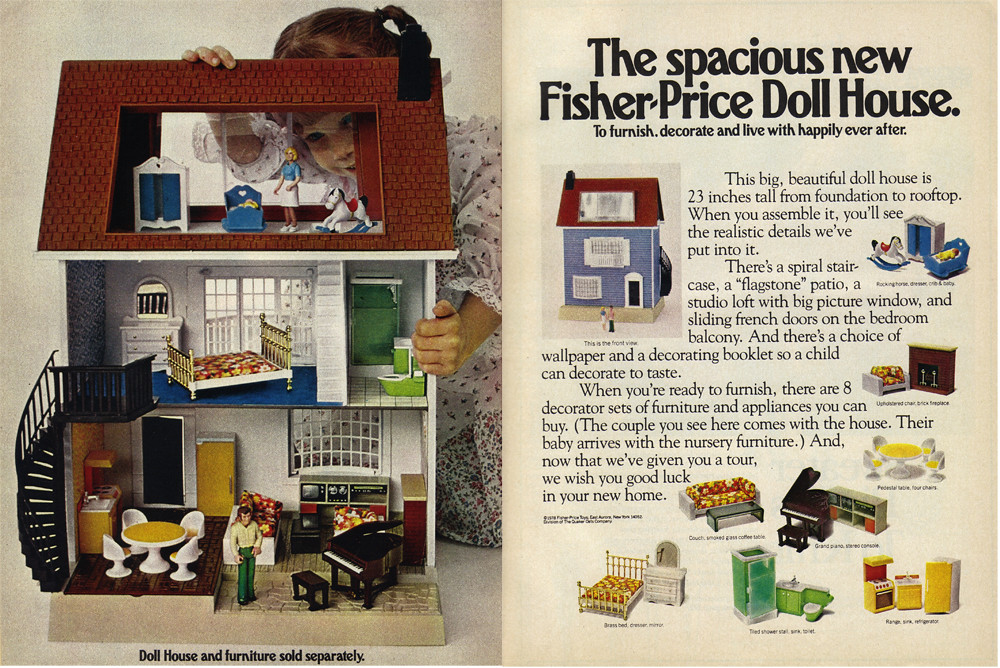
The U.S. Consumer Product Safety Commission (CPSC) and Fisher-Price have jointly announced an urgent recall of all models of Fisher-Price Snuga Swings, a critical safety measure impacting millions of units sold across North America. This recall, issued on October 10, stems from a serious suffocation risk posed to infants when the product is used for sleep or when bedding materials are added to it. Parents and caregivers are urged to pay close attention to this vital information to safeguard their little ones.
This widespread recall follows heartbreaking reports of five infant deaths linked to the Snuga Swings between 2012 and 2022. These tragic incidents underscore the severe dangers associated with using inclined infant products for sleep, particularly when infants are unrestrained or when additional bedding is present. The primary concern revolves around the headrest and body support insert within the swing’s seat pad, which can exacerbate the risk of suffocation under these unsafe conditions.
Understanding the full scope of this recall, including the specific models affected, the underlying reasons for the safety hazard, and the immediate steps consumers must take, is paramount. This article aims to provide a clear, objective, and authoritative guide to ensure all necessary precautions are understood and implemented, helping families make informed decisions about their children’s safety.
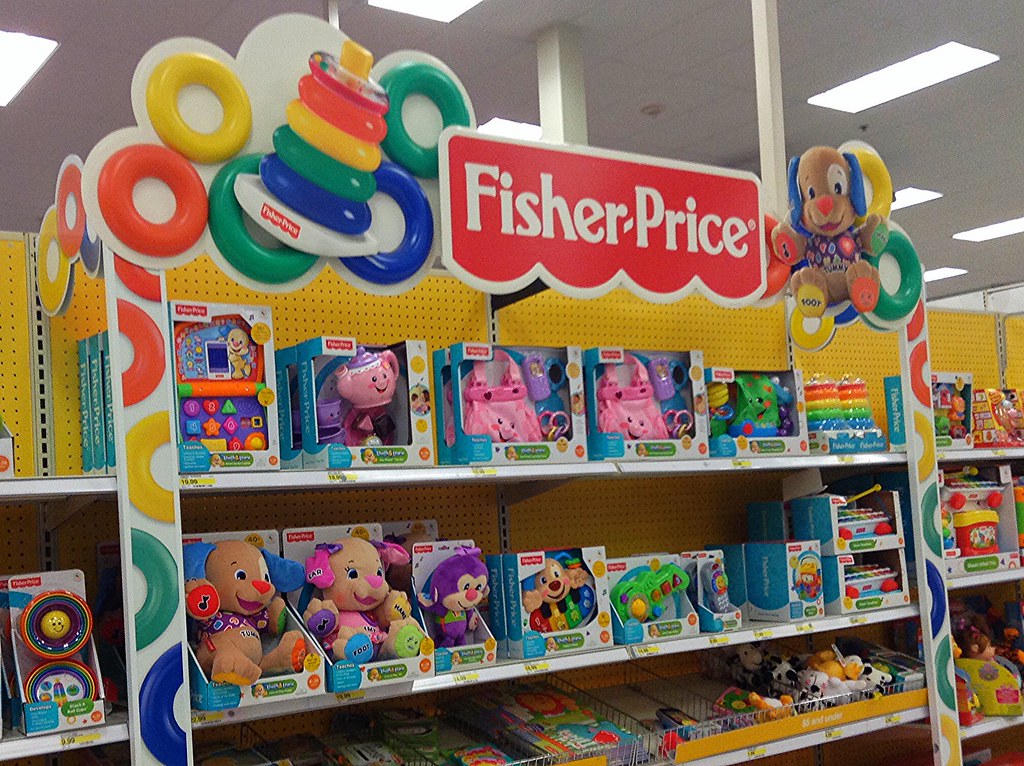
1. **The Urgent Recall Announcement**The U.S. Consumer Product Safety Commission (CPSC) and Fisher-Price have made a significant announcement regarding the recall of Fisher-Price Snuga Swings. This joint action is a direct response to identified safety concerns, emphasizing the critical need for consumer vigilance. The recall affects approximately 2.1 million swings sold in the United States alone, with additional units distributed in Canada and Mexico, signifying a broad impact on families.
The core of this recall message is unambiguous: “The swing should never be used for sleep and bedding materials should never be added to it.” This directive comes directly from the CPSC and Fisher-Price, serving as a foundational warning for all owners of these products. The inherent design of the Snuga Swings, when improperly used, creates a hazardous environment for infants.
The prompt and clear communication from both the CPSC, a federal agency committed to protecting the public from unreasonable risks of injury or death associated with consumer products, and Fisher-Price, the product manufacturer, highlights the gravity of the situation. Their collaborative effort ensures that this crucial safety information reaches as many affected consumers as possible, prioritizing the well-being of infants.
Read more about: Inside the $90 Million Tracy Morgan Settlement: A Landmark Case of Corporate Accountability and Road Safety
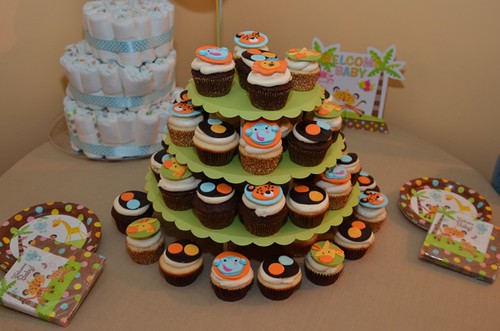
2. **The Deadly Suffocation Risk Explained**The primary safety concern driving the recall of Fisher-Price Snuga Swings is a heightened risk of suffocation for infants. This danger arises specifically when the product is used for sleep or when additional bedding materials are introduced into the swing’s seat. The recall explicitly states, “If the product is used for sleep or bedding material is added, the headrest and body support insert on the seat pad can increase the risk of suffocation.”
This increased risk is primarily attributed to the design of the headrest and body support insert within the seat pad. When an infant sleeps in an inclined position, their head can fall forward, compressing their airway. This risk is compounded by the presence of soft bedding, such as blankets or pillows, which can further obstruct breathing or pose an entrapment hazard. Even slight obstructions can be deadly for young infants whose neck control and ability to reposition themselves are still developing.
Beyond the specific design of the Snuga Swings, this recall serves as a broader reminder of general infant sleep safety principles. The CPSC and medical experts consistently advise against using any inclined seated products, including swings, gliders, soothers, and rockers, for infant sleep. These products are not designed to provide a safe sleep environment where an infant can remain on their back on a firm, flat surface, free from obstructions.
Read more about: Unveiling the Tragic Truth: Heartbreaking Details from Cameron Boyce’s Autopsy Report and His Enduring Legacy
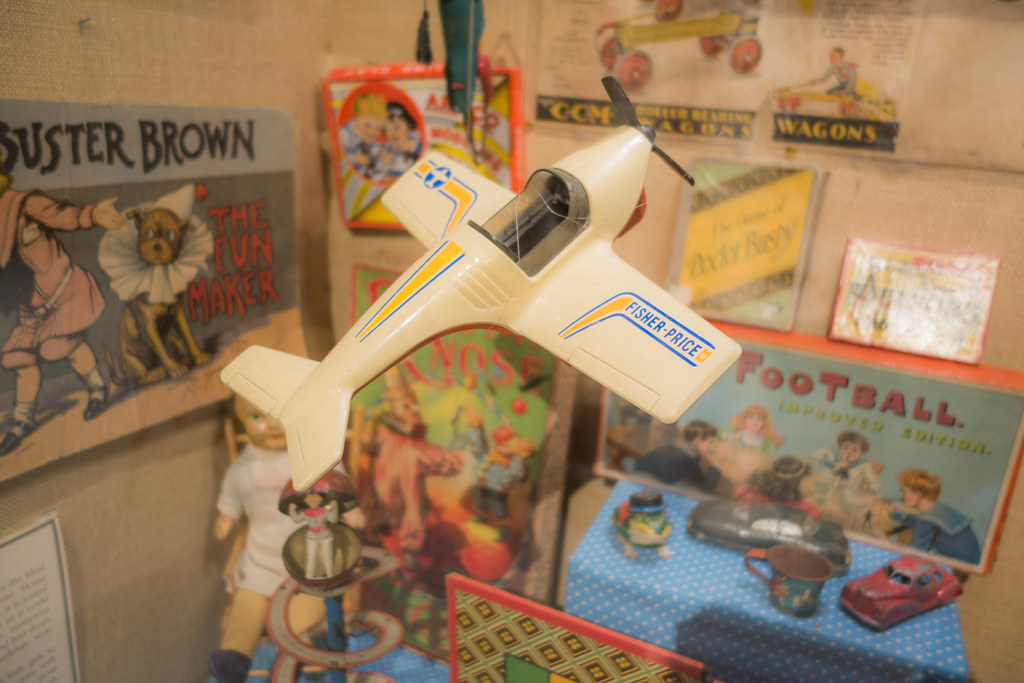
3. **Tragic Incidents: Five Infant Deaths**Between the years 2012 and 2022, a distressing pattern emerged, leading to reports of five infant deaths directly associated with the Fisher-Price Snuga Swings. Each of these tragic incidents involved infants aged 1 to 3 months, highlighting the particular vulnerability of newborns and very young babies to the specific hazards posed by these products when misused. The documented cases underscore the severe consequences that can arise from improper use.
In most of these reported fatalities, common contributing factors were identified. The infants were frequently found to be unrestrained within the swing, allowing for movement into potentially dangerous positions. Additionally, bedding materials, such as blankets or other soft items, had been added to the product. These circumstances collectively increased the risk of suffocation by either obstructing the infant’s airway or creating an unsafe sleeping environment.
These unfortunate events are not isolated incidents but rather critical data points that prompted the urgent recall. They serve as a stark reminder of the importance of adhering to manufacturers’ warnings and established safe sleep guidelines. The recall explicitly reinforces that even after modifications, the swing must never be used for sleep, and no blankets or other materials should ever be added.
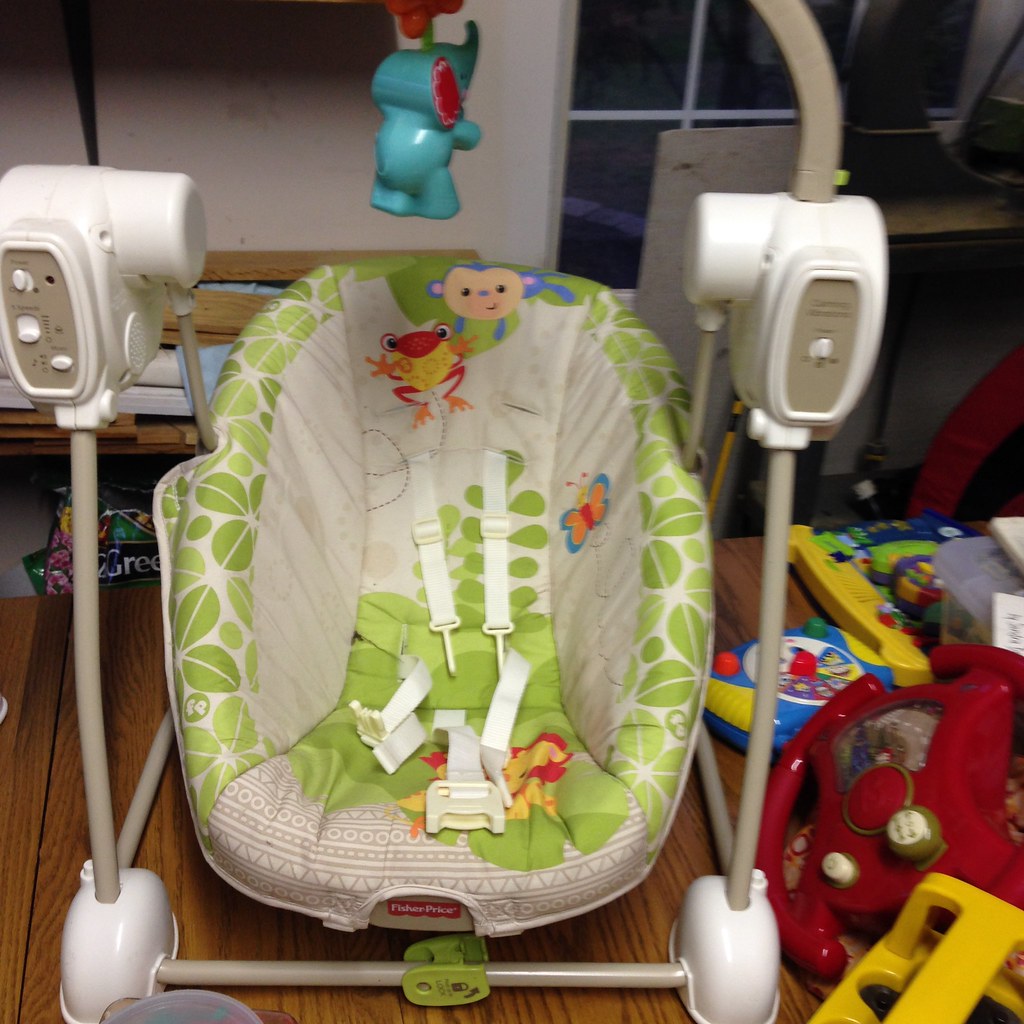
4. **Identifying the Affected Fisher-Price Snuga Swings**The recall specifically targets the Fisher-Price Snuga Swing line, which encompasses a variety of models sharing core design characteristics. These swings are described as infant swings featuring both front-to-back and side-to-side motion capabilities. Key functionalities include 90 degrees of rotation, two distinct seat back positions, and a design that allows the swing to fold up for convenient storage, reflecting their intended use as soothing devices.
The Snuga Swing platform comprises a total of 21 models, all featuring the same fundamental design. While the core structure remains consistent, these models exhibit minor variations primarily in fabric colors and the types of toy accessories included. This range of aesthetic differences means that numerous versions of the swing fall under the recall, making it essential for consumers to check their specific product.
To determine if a Snuga Swing is part of this critical recall, consumers must locate the product’s model number and name. This essential information is consistently printed on the underside of the swing motor housing. Consulting this label and comparing the details with the comprehensive list provided in the official recall notice is the definitive method for verification. This systematic approach ensures that caregivers can accurately identify whether their infant swing poses the identified safety risks.
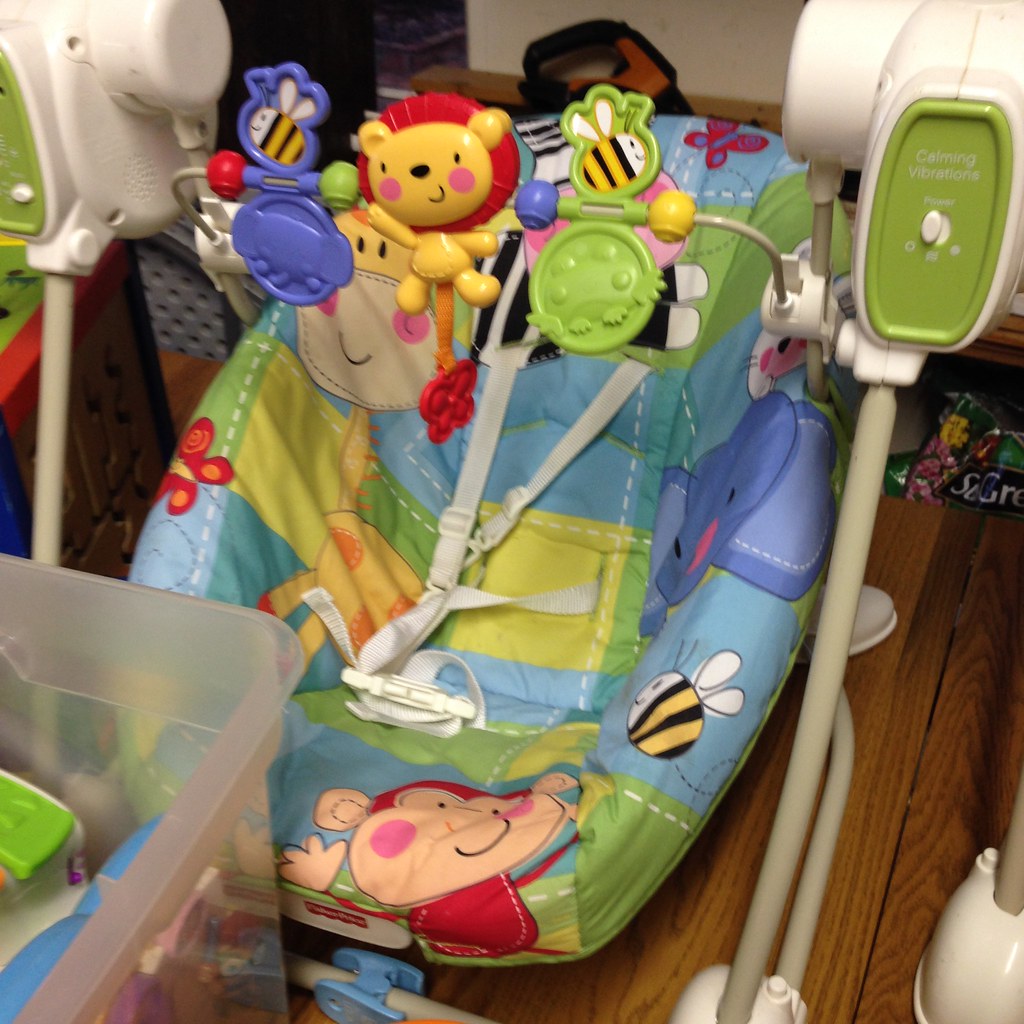
5. **The Extensive Scope of the Recall**The recall of Fisher-Price Snuga Swings is notably extensive, impacting a significant number of consumers across multiple countries. Since its initial introduction to the market in October 2010, approximately 2.1 million units of the Snuga Swings have been sold within the United States alone. This substantial figure underscores the widespread popularity and presence of these swings in American households over the past decade.
Beyond the U.S. borders, the recall also extends to neighboring countries. Approximately 99,000 swings were sold in Canada, and an additional 500 swings were distributed in Mexico. These numbers highlight the international reach of the product and the global scope of the safety concern, requiring a coordinated effort to inform and protect consumers across different regions.
These recalled swings were available for purchase at major retail chains and online platforms, making them highly accessible to a broad consumer base. Consumers could purchase these products nationwide at prominent stores such as Amazon, Toys R Us, Walmart/Sams Club, and Target. The sales period for these swings spanned from October 2010 through January 2024, typically retailing for about $160, indicating a long tenure on the market before the recall.
The distribution of these products was managed by Fisher-Price, a subsidiary located in East Aurora, New York. Furthermore, the manufacturing process for these Snuga Swings took place in both China and Mexico. This detailed information on sales channels, pricing, distribution, and manufacturing provides a comprehensive overview of the product’s journey from production to consumer hands, emphasizing the broad impact of the recall.
Read more about: Inside the $90 Million Tracy Morgan Settlement: A Landmark Case of Corporate Accountability and Road Safety
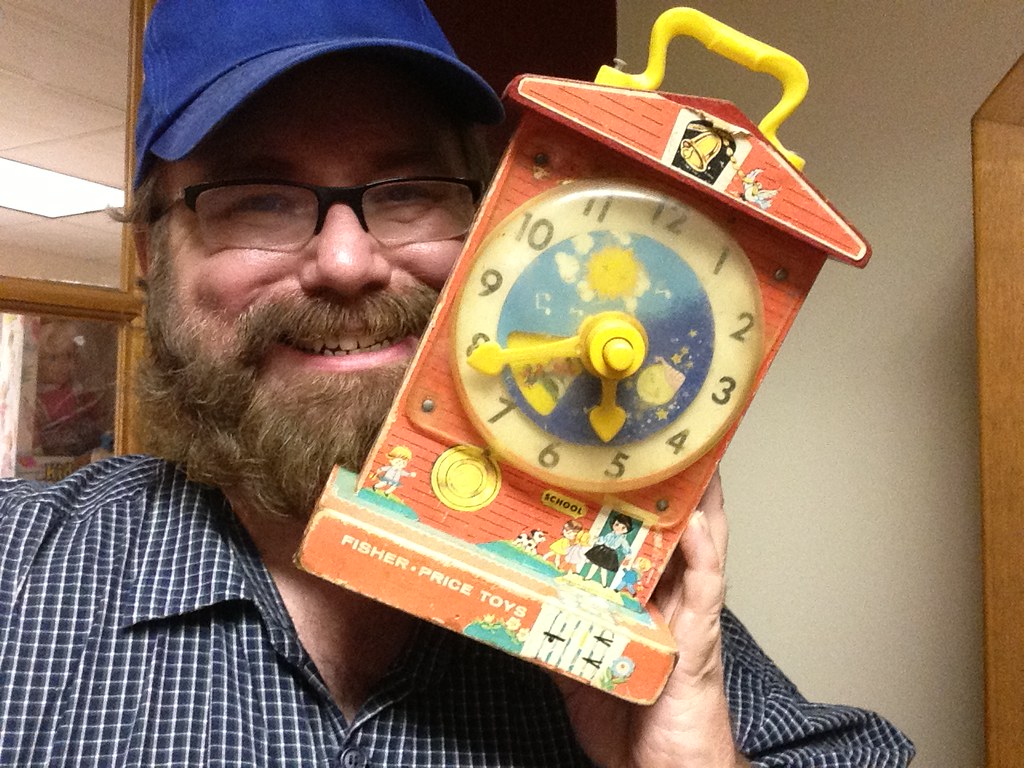
6. **Immediate Consumer Action: Remove Inserts**For consumers who own a Fisher-Price Snuga Swing affected by this recall, the CPSC and Fisher-Price have issued clear, immediate instructions to mitigate the suffocation risk. The most crucial step is to “immediately remove both the headrest (by cutting the tether) and the body support insert from the seat pad before continuing to use the swing for awake-time activities.” This action directly addresses the components identified as increasing the risk of suffocation.
It is imperative to understand that even after the headrest and body support insert have been removed, the swing’s use must be strictly limited. The CPSC explicitly states: “Even if you’ve removed the headrest and body support insert, the swing should still only be used for awake-time activities and not for sleep.” This distinction is vital; removing the inserts makes the swing safer for supervised use when the infant is awake, but it does not transform it into a safe sleep environment.
Furthermore, parents and caregivers are reminded to “never use these products for sleep and to never add blankets or other materials to the swing, even after the headrest and the body support insert have been removed.” This warning underscores the persistent dangers of inclined sleeping and soft bedding. The core message remains consistent: inclined infant products are not suitable for infant sleep, regardless of modifications.
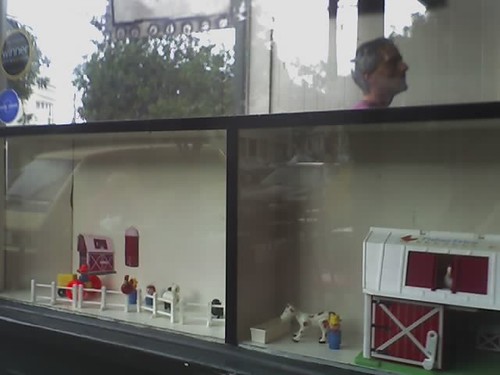
7. **Understanding the $25 Refund Offer**In conjunction with the recall and safety modifications, Fisher-Price is offering a partial refund to consumers who take the recommended action regarding the swing’s headrest and body support insert. Specifically, Fisher-Price “will provide a $25 refund to consumers who remove and destroy the headrest and body support insert” from their Snuga Swing. This initiative aims to encourage compliance with the safety instructions and acknowledge the inconvenience faced by consumers.
To successfully claim this $25 refund, consumers must follow a specific set of instructions outlined by Fisher-Price. The process involves visiting the dedicated Mattel Global Consumer Support website, located at service.mattel.com, where a form must be completed. A critical step in the refund process requires consumers to “upload a photo of your headrest and body support insert with the word ‘recall’ written in permanent dark-colored marker directly onto the back of each of the cut-out pieces.” This photographic evidence serves as proof of destruction and adherence to the recall instructions.
Once the submitted photo and form are validated by Fisher-Price, the refund will be processed. Consumers have the flexibility to choose their preferred method of receiving the $25, with options typically including PayPal or a traditional paper check. This transparent and accessible refund process ensures that consumers are compensated for taking the necessary safety measures, while also reinforcing the gravity of the recall and the importance of modifying the product.
It is crucial to reiterate that participating in the refund program and removing the inserts does not eliminate all safety precautions. While the swing can continue to be used for awake-time activities after these modifications, it must never be used for infant sleep. The $25 refund is a measure to support consumer compliance with the safety guidance, not an endorsement for unsupervised sleep in the swing.
Read more about: Mastering Annuities: Your Essential Guide to Immediate vs. Deferred Strategies for Retirement Security
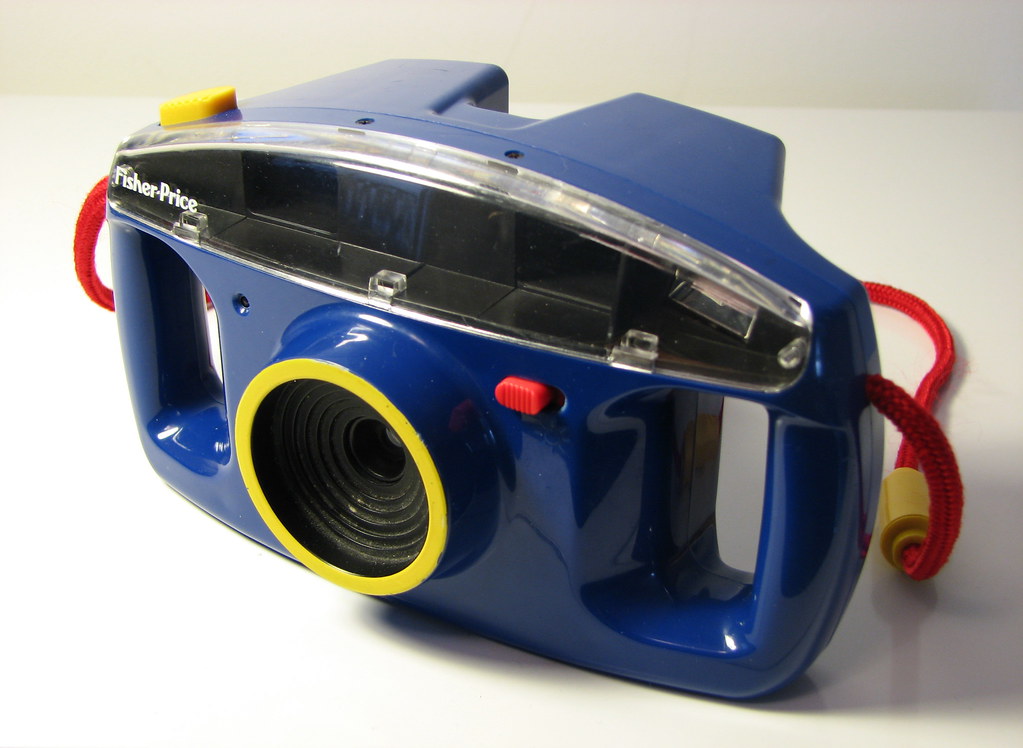
8. **Prioritizing Broader Infant Safe Sleep Guidelines**While the Fisher-Price Snuga Swing recall directly addresses a specific product hazard, it concurrently serves as a critical opportunity to reinforce broader, universally accepted infant safe sleep guidelines. The U.S. Consumer Product Safety Commission (CPSC) consistently emphasizes that the safest way for an infant to sleep is on their back. This fundamental principle, often referred to as “Back to Sleep,” significantly reduces the risk of Sudden Infant Death Syndrome (SIDS) and other sleep-related infant deaths, ensuring vital airway patency.
Parents and caregivers must internalize this guidance as the cornerstone of their infant’s sleep environment, understanding that it forms the bedrock of preventive safety measures. Placing an infant on their back ensures an open airway, which is paramount for their developing respiratory and neurological systems. This simple yet profound action is a proactive step that every caregiver can take to enhance the safety of their child during sleep, moving beyond the specifics of any single product recall to embrace comprehensive safety.
The CPSC, alongside reputable medical organizations like the American Academy of Pediatrics (AAP), has tirelessly advocated for these guidelines based on extensive research and tragic lessons learned. Their unified message provides clarity amidst a sometimes confusing market of infant products. Adhering to these established safe sleep practices is not merely a recommendation; it is a critical directive that empowers families to create the safest possible environments for their little ones, significantly mitigating risks.
The consistent advice from the CPSC and medical experts transcends individual product warnings, forming a comprehensive framework for infant safety. It is a reminder that while product design flaws can introduce risks, adherence to established safe sleep practices remains the most powerful defense against sleep-related dangers. This collective knowledge is vital for preventing future tragedies and fostering secure sleep environments for all infants, promoting peace of mind for parents and guardians.
Read more about: The Supplement You’re Taking That Might Be Harming You: An Evidence-Based Guide to Navigating Common Nutritional Aids
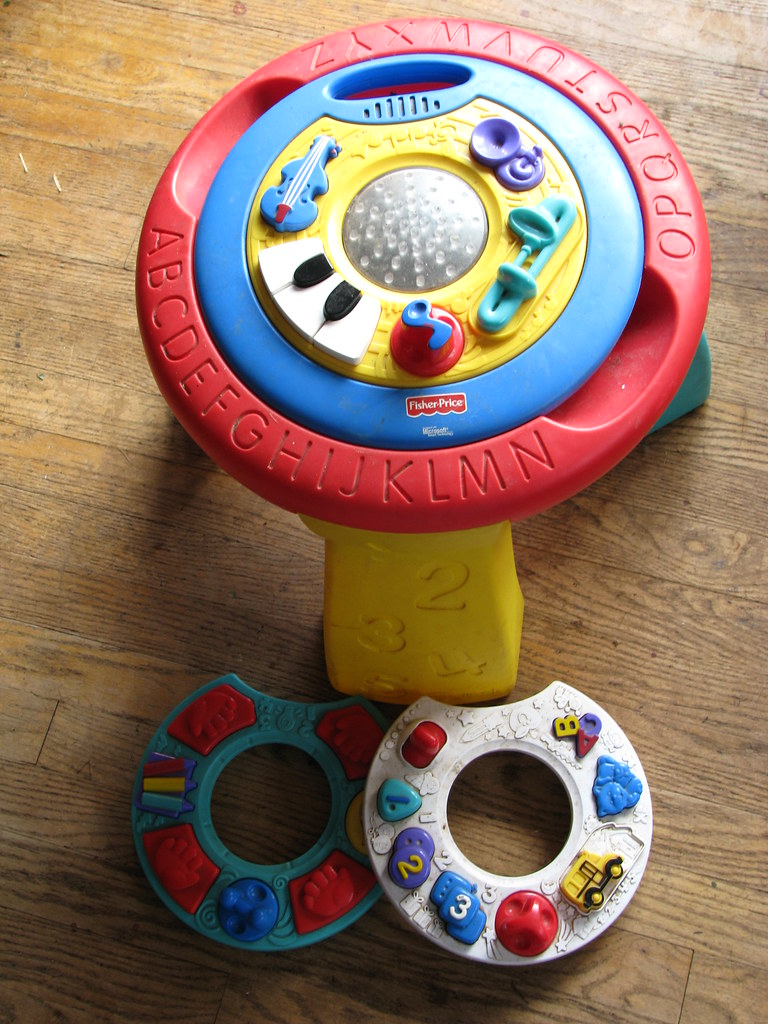
9. **The Unwavering Importance of a Firm, Flat Sleep Surface**A critical component of safe infant sleep, as advocated by leading health and safety organizations, is the provision of a firm, flat sleeping surface. The CPSC explicitly states, “The best place for an infant to sleep is on a firm, flat surface in a crib, bassinet, or play yard, with nothing but a fitted sheet.” This clear directive is designed to prevent scenarios where an infant’s head might fall forward or their face could become pressed against a soft surface, leading to airway obstruction and suffocation, a serious and often silent threat.
Unlike inclined products, which inherently allow for a baby’s head to slump or their body to slide into a compromised position, a firm, flat surface maintains the infant’s airway in an optimal, open state. This significantly reduces the risk of positional asphyxia, a condition where an infant’s breathing is inhibited by their body position. The rigidity of the surface ensures consistent support, preventing any sinking or molding that could create dangerous pockets around the infant’s face.
Furthermore, the emphasis on “nothing but a fitted sheet” is crucial. The absence of soft bedding, loose blankets, bumpers, pillows, or stuffed animals on such a surface eliminates potential entrapment hazards and prevents rebreathing of exhaled air, which can lead to dangerously high carbon dioxide levels. This minimalist approach to the sleep environment ensures an unobstructed breathing zone around the baby, promoting healthy and safe respiration throughout the night or naptime.
Therefore, if an infant happens to fall asleep in an inclined or upright position—whether in a car seat, a swing, or a bouncer—caregivers must immediately move them to a safe sleep environment. This means transferring them to a crib, bassinet, or play yard that offers a firm, flat mattress with only a fitted sheet. This swift action is non-negotiable and represents a crucial intervention to safeguard the infant’s life from potential suffocation risks inherent in inclined and unsupervised sleep.
Read more about: Dodgy Drives and Mechanical Mayhem: 14 Japanese Cars You Absolutely Should Not Buy, According to an Automotive Expert
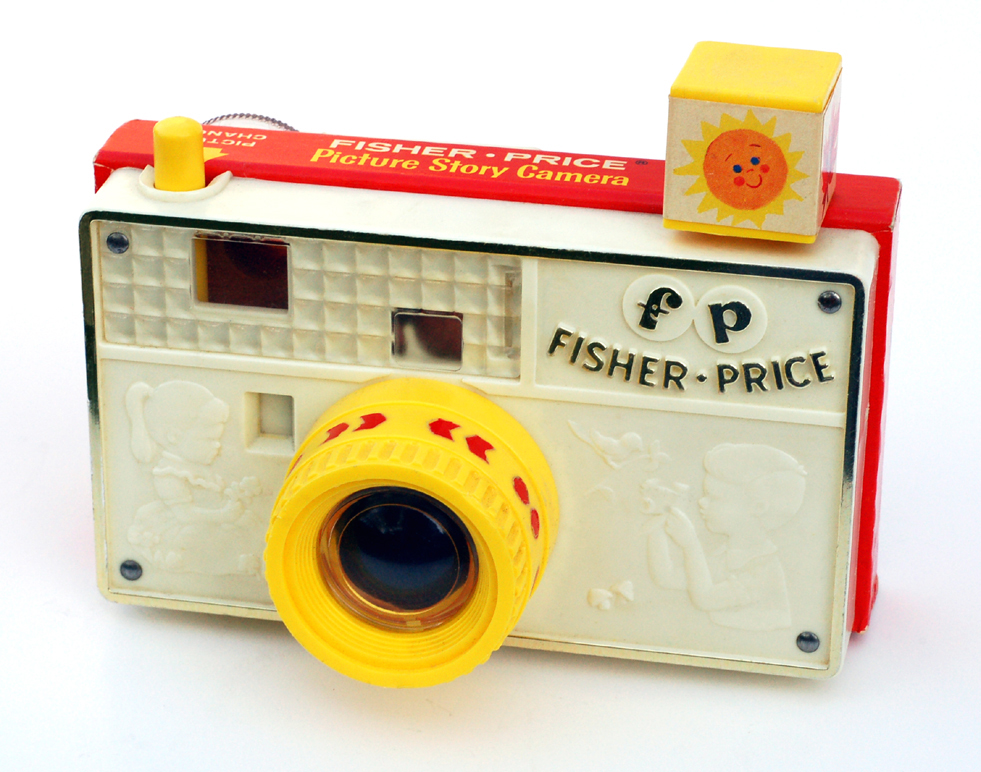
10. **General Warnings Against All Inclined Infant Products**The dangers highlighted by the Fisher-Price Snuga Swing recall are not isolated to this single product line; rather, they are emblematic of the inherent risks associated with all inclined seated products when used for infant sleep. The CPSC issues a universal warning: “Parents and caregivers should never use any inclined seated products, such as swings, gliders, soothers, and rockers, for infant sleep.” This broad guidance is a cornerstone of current infant safety recommendations and is essential for all caregivers to understand.
These various products, while often designed to soothe or entertain a baby during supervised awake times, are fundamentally not constructed to provide a safe sleep environment. Their inclined design inherently places infants at a greater risk of positional asphyxia, where their heads can fall forward and obstruct their delicate airways. This vulnerability is particularly pronounced in newborns and young infants who lack the muscle strength and head control to reposition themselves effectively.
The risk profile for these products is profoundly increased if infants are left unsupervised, are unrestrained within the product, or if any additional bedding material, such as blankets, pillows, or even clothing, is introduced. These factors can independently or collectively lead to suffocation, highlighting the critical importance of adhering strictly to manufacturer’s instructions for awake-time use and never deviating for sleep purposes.
Whether it’s a swing, a glidder, a soother, or a rocker, the core message remains constant: these products are for awake, supervised use only. They do not meet the criteria for a safe sleep space, which mandates a firm, flat surface free from obstructions. Consumers must understand that the convenience or soothing effect of these products for temporary use should never override the strict safety protocols required for infant sleep, regardless of brand, specific design, or marketing claims.
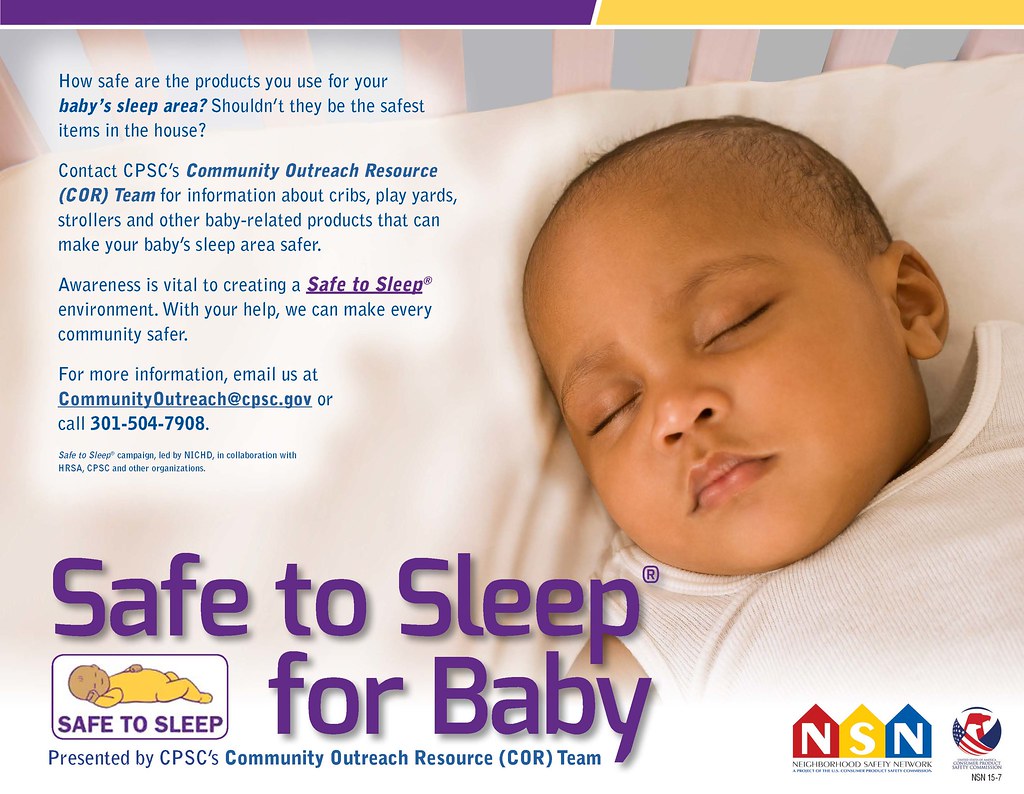
11. **The Legislative Framework: The Safe Sleep for Babies Act**In a significant stride towards enhancing infant safety and consumer protection, the U.S. Congress enacted the Safe Sleep for Babies Act in 2022. This landmark legislation directly addresses the long-standing and tragic concerns surrounding unsafe infant sleep products, providing a robust legal framework to protect the most vulnerable members of society. Its passage marked a definitive, proactive step in banning certain product categories that had previously contributed to countless infant deaths and injuries.
The core purpose of the Safe Sleep for Babies Act is unequivocally clear: to remove hazardous products from the market that do not align with established safe sleep guidelines, thereby preventing future harm. Specifically, the act identifies and bans “inclined sleepers for infants,” recognizing them as products that inherently pose an unreasonable risk of injury or death. This decisive legislative action reflects a national commitment to prioritize infant well-being over product availability and commercial interests.
Prior to this act, the market was often flooded with various inclined sleep products, some marketed as safe for overnight sleep, which created immense confusion and danger for unsuspecting parents. The introduction of this act signifies a proactive approach to consumer protection, moving beyond reactive recalls to prevent unsafe products from ever reaching consumers’ homes in the first place. By legally prohibiting the sale of these hazardous items, Congress has armed the CPSC with greater authority to enforce stringent safe sleep standards and ensure that the market offers only products conducive to an infant’s healthy and secure development.
This legislation serves as a powerful testament to the collective efforts of child safety advocates, medical professionals, and concerned families who championed the cause for safer sleep environments. It not only bans dangerous products but also educates the public on what constitutes a safe sleeping arrangement, ensuring that future generations of infants are safeguarded from preventable suffocation hazards posed by inclined sleep surfaces.
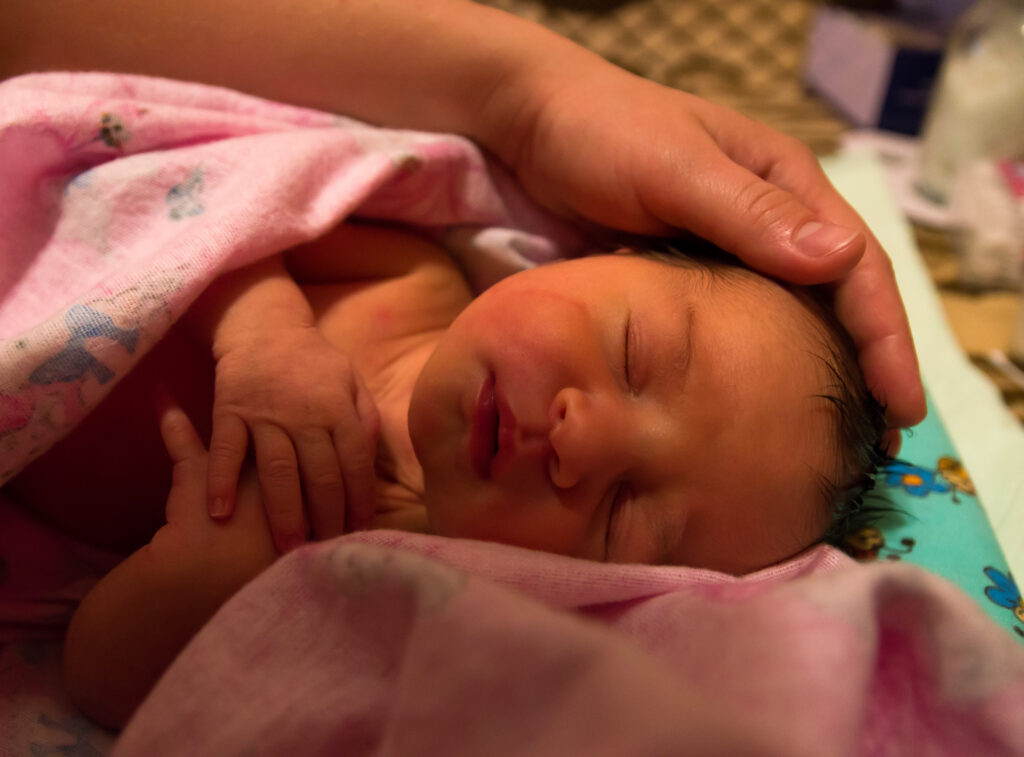
12. **Key Provisions and Impact of the Safe Sleep for Babies Act**The Safe Sleep for Babies Act of 2022 targets two main categories of hazardous infant products that have been linked to significant safety risks: inclined sleepers for infants and padded crib bumpers. An “inclined sleeper for infants” is meticulously defined within the act as any product with an inclined sleep surface greater than ten degrees that is intended, marketed, or designed to provide sleeping accommodation for infants up to one year of age. This precise and inclusive definition ensures that a wide array of products, previously marketed as safe for sleep or napping, are now unequivocally deemed unsafe and illegal for sale.
Under the comprehensive provisions of the act, the manufacturing, importing, selling, offering for sale, or distributing in commerce of these banned hazardous products is strictly prohibited. This means that after the effective date of the legislation, retailers, whether brick-and-mortar stores or online platforms, cannot stock or sell new inclined sleepers or padded crib bumpers. This broad and enforced prohibition effectively eliminates these dangerous items from the commercial market, creating a safer retail environment for parents.
The impact of the Safe Sleep for Babies Act is profound and far-reaching, fundamentally transforming the landscape of infant sleep product availability. It drastically reduces consumer confusion by clearly classifying certain products as hazardous, thereby empowering parents with unambiguous guidance to make safer choices for their children. This legislative intervention complements and strengthens the CPSC’s ongoing efforts and expert medical recommendations, reinforcing the unequivocal message that only firm, flat, and unadorned surfaces are appropriate for infant sleep, free from the risks associated with inclines or soft padding.
Moreover, the act provides the U.S. Consumer Product Safety Commission with enhanced authority to enforce these new prohibitions, enabling swift action against non-compliant products or manufacturers. This robust regulatory backing ensures that the market for infant sleep products is consistently aligned with the highest safety standards, fostering greater trust and protection for families. It acts as a powerful deterrent against the proliferation of products that contradict established medical and safety science, safeguarding countless infants.
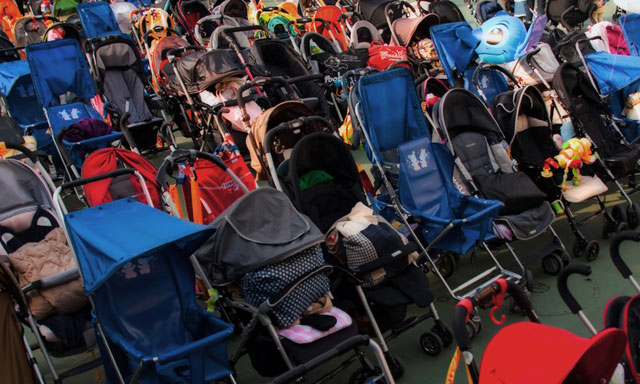
13. **Recognizing and Avoiding Unsafe Sleep Products**Empowering consumers to identify and avoid unsafe sleep products is a crucial aspect of infant safety, extending well beyond the specifics of any single recall. With the Safe Sleep for Babies Act now firmly in effect, understanding what truly constitutes a safe sleep environment is more critical than ever. Parents and caregivers should develop a discerning eye and maintain a healthy skepticism towards any infant product that positions a baby on an incline for sleep, regardless of how it is marketed or presented.
Be particularly cautious of products advertised for “napping,” “lounging,” “co-sleeping,” or “supervised sleep” in an inclined position. While some products may have legitimate uses for awake-time activities, their suitability for *sleep* is the absolute key differentiator. If a product claims to offer sleep for an infant in an inclined or upright posture, it inherently contradicts established safe sleep guidelines and should be unequivocally avoided for that purpose, as it inherently poses a suffocation risk.
A proactive approach to safety involves regularly checking the U.S. Consumer Product Safety Commission’s website (CPSC.gov) for the latest recall announcements and comprehensive safety advisories. This indispensable habit allows parents to stay informed about potential hazards, newly identified risks, and changes in product safety standards, ensuring they are equipped to make informed decisions for their children’s well-being. Ignorance of current safety warnings can have devastating consequences, making continuous education a parent’s most potent defense.
The core principle to remember is simple: incline + sleep = risk. This equation should guide all product choices for infant sleep. By understanding this fundamental danger and exercising caution, parents can become effective advocates for their child’s safety, choosing products that genuinely support healthy development rather than introducing hidden hazards. Trusting your instincts and prioritizing expert advice over persuasive marketing claims is essential in this critical area.
Read more about: Keep Your Pup Safe on the Trail: Understanding Plant Hazards for Your Dog
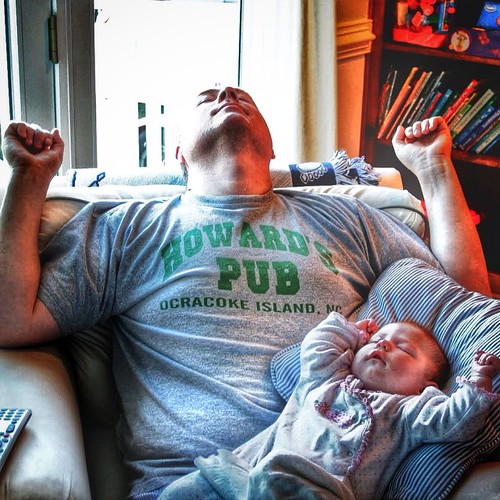
14. **Essential Consumer Resources for Ensuring Infant Safety**Beyond specific recalls and legislative mandates, a wealth of credible resources exists to help consumers navigate the complexities of infant safety and make informed decisions. The U.S. Consumer Product Safety Commission (CPSC) website, CPSC.gov, stands as a primary, authoritative source for comprehensive information on safe sleep practices, product recalls, and safety standards. It provides detailed, evidence-based guidance, including dedicated sections like “Safe Sleep – Cribs and Infant Products,” which offers essential reading for any parent or caregiver seeking to establish a truly safe environment.
Furthermore, consumers should proactively consult with their pediatricians and refer to guidelines from trusted medical organizations, such as the American Academy of Pediatrics (AAP). These highly respected sources offer scientifically validated recommendations on safe sleep environments, child development, and overall infant health, serving as invaluable partners in ensuring a child’s holistic well-being. Their consistent advice on back sleeping, firm, flat surfaces, and avoiding inclined products reinforces and complements the CPSC’s warnings.
It is also crucial for consumers to actively participate in the broader product safety ecosystem by reporting any incidents, near-misses, or concerns about product safety directly to the CPSC via their reporting mechanisms. This vital feedback loop is indispensable for the commission to identify emerging hazards, track product performance, and take swift, necessary action, potentially preventing future injuries or deaths. Consumer vigilance and reporting play a direct role in shaping safer product landscapes.
Moreover, many non-profit organizations dedicated to infant health and safety, often founded by families impacted by tragedy, offer support, educational materials, and advocacy. These groups can provide additional perspectives and community support, further empowering parents with knowledge and a sense of shared responsibility. Tapping into these diverse resources creates a comprehensive safety net for infants.
By staying meticulously informed, diligently utilizing available resources, and actively engaging with safety authorities, caregivers become powerful, knowledgeable advocates for their children’s protection. This commitment moves beyond reacting to individual product recalls to foster a proactive culture of sustained vigilance and informed decision-making, ensuring the highest standards of safety for every precious infant.
Read more about: Beyond Boot Camp: 14 Essential Military Hacks That Could Be Your Lifeline in a Crisis
The urgent recall of Fisher-Price Snuga Swings, while a concerning development, ultimately highlights a broader, unwavering commitment to infant safety. It serves as a potent reminder that vigilance, a deep understanding of established safe sleep guidelines, and an informed, critical approach to product choices are non-negotiable responsibilities for every caregiver. By embracing these principles, leveraging the robust resources available, and maintaining a proactive stance, we can collectively work towards a future where every infant sleeps soundly and safely, free from preventable hazards, fostering a generation of healthy, thriving children.

